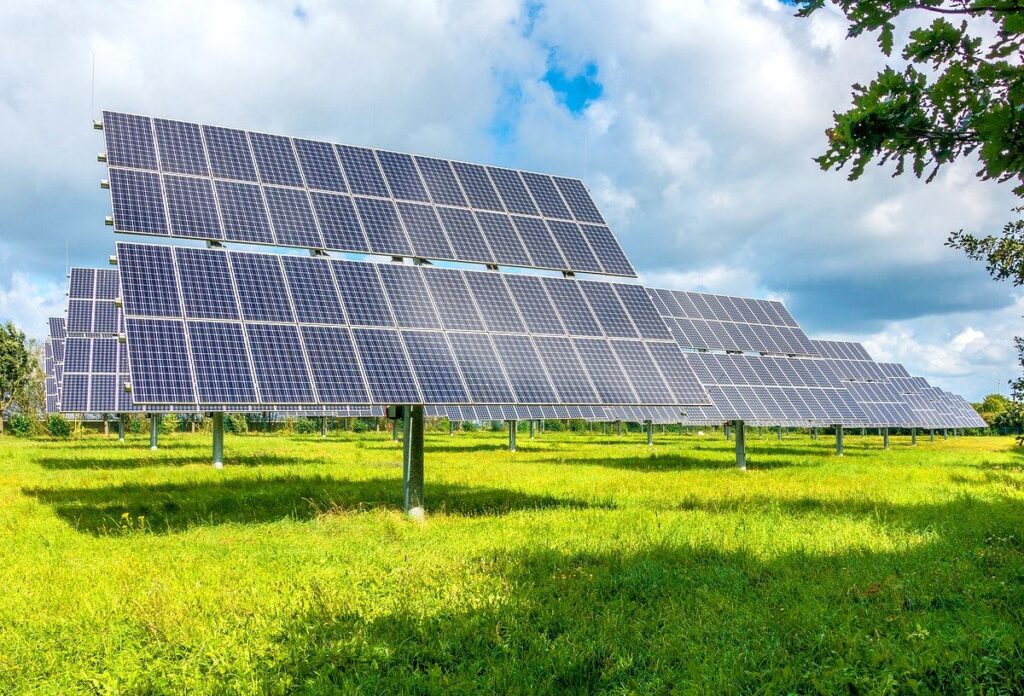
The story of humanity is deeply intertwined with energy. From the moment our ancestors discovered fire, we have relied on energy to survive, thrive, and build civilizations. But as our dependence on fossil fuels grew, so did our impact on the planet—carbon emissions, climate change, and environmental degradation threaten the very systems that sustain life. This crisis has pushed humanity into a new era: the age of renewable energy innovation. Across the world, scientists, engineers, and visionaries are reimagining how we power our lives, driving an unprecedented transformation in the global energy landscape. The impact of this change is likely to become more dramatic as we head into 2025.
In this exciting period, renewable energy is no longer just an alternative; it is rapidly becoming the backbone of global power systems. Driven by urgent climate goals, policy support, and technological innovation, the energy sector is witnessing breakthroughs that are transforming how we produce, store, and consume power. These innovations not only promise a cleaner, greener world but also reflect our resilience, creativity, and determination to secure a sustainable future. The world is rapidly transitioning to cleaner and more sustainable energy sources, and 2025 is set to be a groundbreaking year for renewable energy, with significant shifts expected across the board.
From advancements in solar panel technology to the integration of AI, the latest renewable energy trends are shaping a future driven by innovation and environmental responsibility. We’re witnessing ingenious ways to capture the forces of nature and turn them into sustainable energy. This article dives into 14 of the most remarkable renewable energy innovations that are not only shaping 2025 but also laying the groundwork for a truly sustainable planet. Let’s explore these fascinating developments, each promising to accelerate the transition towards a more sustainable future.

1. **Next-Generation Solar Panels**Solar power has become one of the most recognizable symbols of renewable energy, but recent breakthroughs are pushing its potential far beyond traditional rooftops. Conventional silicon solar panels are rapidly being supplemented, or even replaced, by cutting-edge materials and designs. One of the most exciting advancements comes in the form of perovskite solar cells, which are noted for being “cheaper, lighter, and capable of converting sunlight into electricity with incredible efficiency.” These enhanced solar panel efficiencies are expected to revolutionize the market, making solar energy more accessible and cost-effective for a broad range of applications.
Unlike the bulky and rigid panels we’re accustomed to, these new solar materials are incredibly versatile. They can be “printed on flexible sheets, integrated into clothing, or even painted onto surfaces.” This adaptability is a game-changer, opening up new integration possibilities for building-integrated PV, such as windows and rooftops, and even portable energy solutions. Imagine a world where every window, car roof, or building facade generates its own electricity – that is the promise of next-generation solar panels. This shift is crucial as solar energy is set to dominate the renewable energy industry in 2025, meeting nearly half of the global growth in electricity demand.
Further extending the possibilities are transparent solar cells, which harvest parts of the light spectrum invisible to the human eye, making them functionally transparent. These could be integrated into smartphone screens, car windshields, or even clothing. Luminescent solar concentrators also offer an elegant solution, combining light harvesting with aesthetic design, making them ideal for architectural uses. These advanced photovoltaics, including perovskite–on–silicon tandem cells and thin-film flexible panels, are significantly boosting conversion efficiency while cutting manufacturing costs, paving the way for ubiquitous solar energy integration into daily life.
The continuous innovation in materials science is truly transforming solar from a niche application to an omnipresent power source. As solar becomes more accessible, both large-scale solar farms and solar rooftop installations are expected to grow, further boosting solar’s share in the energy mix. This ongoing evolution ensures solar power will remain a key driver of global renewable energy capacity additions, helping regions like the U.S. surpass coal as a major source of electricity generation.
Read more about: Say Goodbye to Road Noise: The Ultimate Guide to the Quietest Cars on the Highway
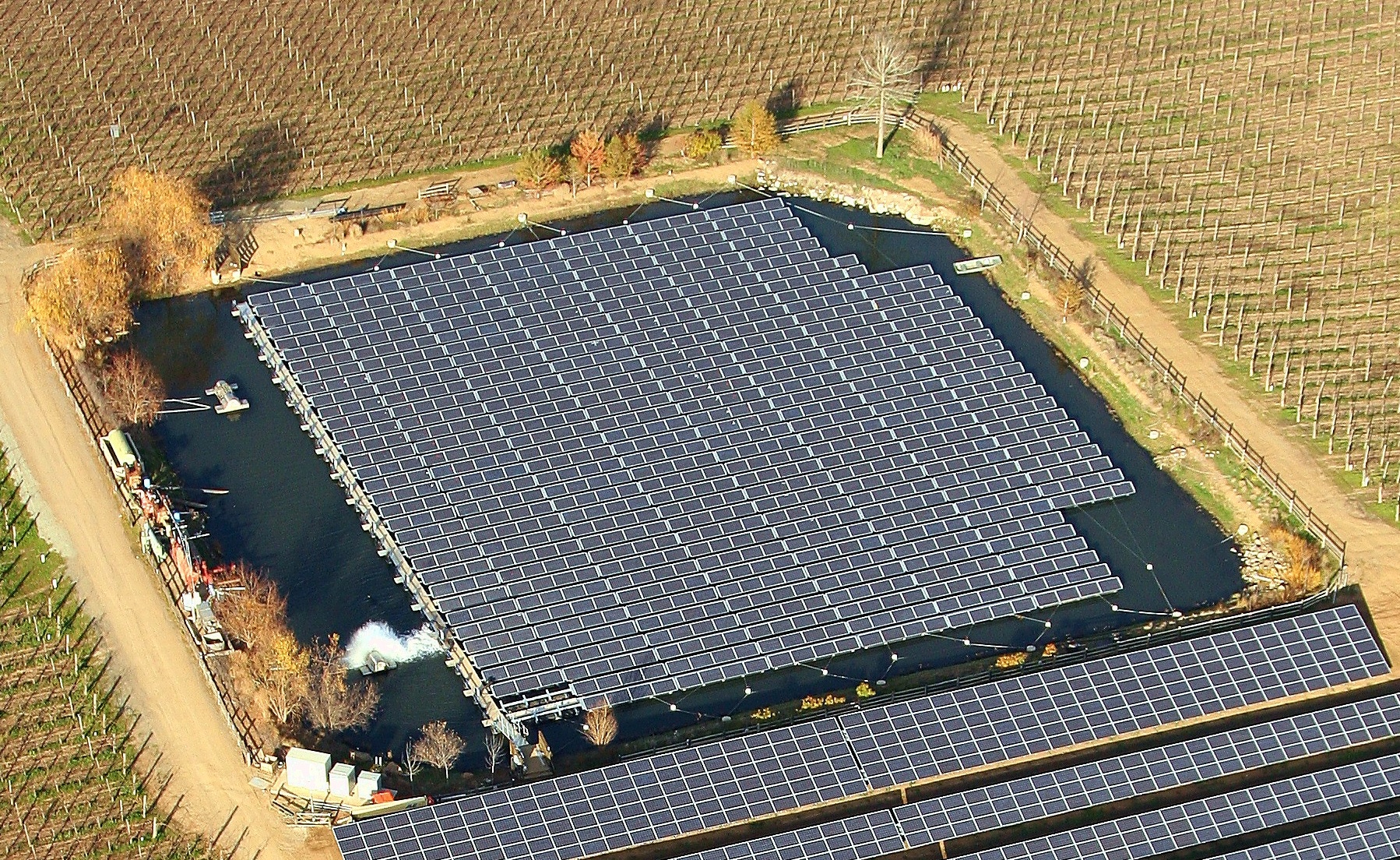
2. **Floating Solar Farms**Land is a precious commodity, especially in densely populated urban and agricultural areas where space for large-scale energy projects is limited. This challenge has paved the way for an ingenious solution: floating solar farms. By placing solar panels on floating platforms across lakes, reservoirs, and even calm coastal waters, we unlock new frontiers for clean energy generation. This approach offers significant advantages beyond simply maximizing space, directly addressing some of the operational challenges faced by traditional land-based installations.
These innovative setups don’t just generate clean power; they also reduce water evaporation from the bodies of water they cover, a crucial benefit in regions prone to drought or water scarcity. Additionally, the water underneath helps to keep the solar panels cooler, enhancing their efficiency compared to panels baking under direct sun on land. This dual benefit—power generation and water conservation—makes floating solar farms an incredibly attractive proposition for sustainable development.
Countries like China, Japan, and Singapore are already leading the way with massive floating solar arrays, proving that renewable energy can expand into unexpected spaces. In 2025, floating solar farms are gaining significant traction as a viable solution to the land use challenges of traditional solar panels. Several countries are investing in large-scale floating solar projects, which significantly increase their renewable energy output. This trend demonstrates a creative approach to resource management, ensuring that energy production doesn’t compete with other essential land uses and contributes positively to the surrounding environment.
The benefits of cooler water temperatures and efficient land use inherently improve output and scalability for these installations. As governments worldwide prioritize sustainable development, floating solar is poised for substantial growth. These aquatic powerhouses are a testament to human ingenuity, transforming otherwise underutilized surfaces into vital hubs for clean energy production and helping to meet ambitious renewable energy targets across the globe.
Read more about: Giant Eagle’s Digital Price Tag Revolution: Real-Time Savings, Future-Forward Shopping, and the Evolving Retail Landscape

3. **Offshore Wind Turbines**Wind energy has long been a renewable powerhouse, but the potential found far from shore is truly unlocking new levels of capacity. Offshore wind turbines are colossal machines designed to harness the stronger, steadier, and more consistent winds found at sea, generating vast amounts of electricity that are often unattainable with onshore installations. These powerful winds, unimpeded by landmasses or urban structures, allow for significantly higher energy yields, making offshore wind an attractive option for countries with extensive coastlines.
A key innovation in this sector is the development of floating platforms, which now allow turbines to be anchored in deep waters, where winds are even more powerful and reliable. This technological leap overcomes the limitations of fixed-bottom turbines, which are restricted to shallower coastal areas, thereby expanding the viable locations for offshore wind farms exponentially. The ability to deploy turbines in deeper waters opens up enormous new energy reserves, fundamentally changing the economics and scalability of wind power.
Offshore wind farms in the North Sea and off the U.S. East Coast are already supplying electricity to millions of homes, and their growth shows no signs of slowing. Indeed, 2025 is expected to see “a significant expansion in offshore wind farms, providing high-capacity energy solutions while minimizing land use.” This expansion is driven by a global push for decarbonization and the recognition of offshore wind’s critical role in meeting ambitious renewable energy targets. For instance, in Europe, offshore wind capacity is set to double by 2025, with nations like the U.K., Germany, and Denmark leading the charge.
The sheer scale and consistency of energy production from offshore wind make it an indispensable component of the future energy mix. With advancements in turbine technology and increased investment driving costs down, offshore wind will continue its rapid expansion. The U.S. has ambitious goals, with the Biden administration aiming to deploy 30 gigawatts (GW) of offshore wind by 2030, underscoring the growing importance of this technology in the country’s renewable energy strategy.
Read more about: Beyond the Crowds: Discovering America’s 14 Most Underrated National Parks for an Unforgettable Adventure
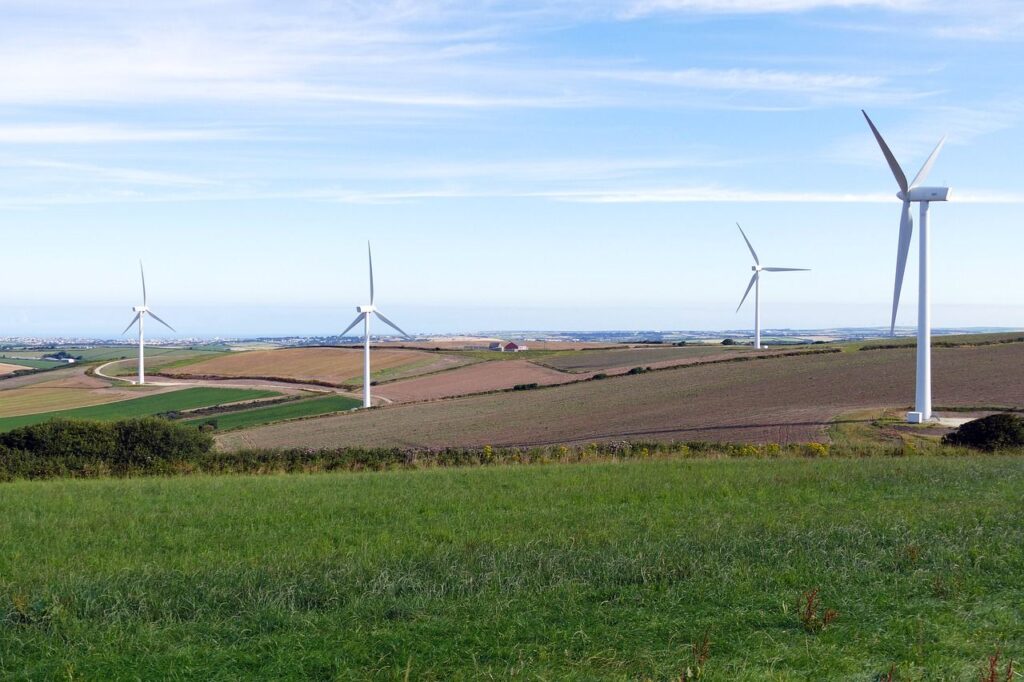
4. **Vertical-Axis Wind Turbines**While traditional wind energy largely relies on the imposing horizontal-axis giants, new designs are revolutionizing wind capture with vertical-axis models. These innovative turbines stand apart by being “smaller, quieter, and more versatile” than their conventional counterparts. This distinct design allows them to be installed in environments where traditional turbines are simply impractical, such as urban areas where space is limited and wind directions change frequently due to buildings and other obstructions.
The ability of vertical-axis wind turbines (VAWTs) to capture wind from any direction without needing to orient themselves into the wind stream makes them highly efficient in turbulent urban environments. This flexibility, coupled with their reduced noise output, makes them far more neighbor-friendly and aesthetically acceptable for integration into cityscapes. Their compact footprint means they can be deployed in much tighter spaces, transforming previously unsuitable locations into viable energy generation sites.
Some companies are even developing micro wind turbines that can be attached directly to buildings, effectively “turning city skylines into energy producers without the need for sprawling wind farms.” This concept is incredibly powerful, enabling a decentralized approach to urban energy production, where individual structures contribute to the grid. This not only reduces reliance on large, centralized power plants but also enhances local energy resilience and minimizes transmission losses.
These smaller, quieter, and more adaptable wind solutions represent a significant step forward in making wind energy truly ubiquitous. As urban populations continue to grow and the demand for localized, clean energy increases, vertical-axis wind turbines are poised to play a crucial role. They demonstrate a commitment to integrating renewable energy seamlessly into our built environments, allowing our cities to become active participants in their own energy generation rather than just consumers.
5. **Tidal Energy Systems**The moon’s gravitational pull on Earth creates powerful and predictable tides, an immense and largely untapped source of renewable energy. Scientists and engineers are now finding sophisticated ways to harness this consistent rhythm, converting the kinetic energy of moving water into electricity through tidal energy systems. These systems typically utilize underwater turbines that bear a resemblance to submerged windmills, strategically placed in areas with strong tidal flows to capture maximum power.
One of the most compelling advantages of tidal power, setting it apart from solar or wind, is its inherent reliability and consistency. Unlike solar, which is dependent on daylight, or wind, which fluctuates with atmospheric conditions, “tides are reliable and consistent, making tidal power one of the most dependable renewable sources.” This predictability means tidal energy can provide a stable base load of power, a critical component for grid stability and a significant step towards a fully renewable energy infrastructure.
While still relatively expensive to build compared to more mature renewable technologies, the long-term benefits and operational consistency of tidal systems make them a highly promising investment. They offer enormous promise for coastal nations seeking stable, clean energy solutions, particularly those with strong tidal currents. As research and development continue, the costs are expected to decrease, making this powerful, predictable energy source increasingly viable.
The global potential for tidal energy is vast, with many coastal regions experiencing significant tidal ranges. Harnessing this natural, gravitational force represents a profound step in diversifying our renewable energy portfolio and ensuring a constant supply of clean electricity. Tidal energy systems exemplify how we are pushing the boundaries of engineering to tap into Earth’s most fundamental forces for a sustainable future.
Read more about: Your Guide to Military-Grade Gear: 16 Indispensable Surplus Items Civilians Can Purchase

6. **Wave Energy Converters**Beyond the rhythmic ebb and flow of tides, the ocean’s surface waves also contain an immense, untapped reservoir of energy. Engineers are actively developing a variety of innovative devices known as wave energy converters (WECs) to capture this dynamic power. These ingenious machines come in many designs, each tailored to specific wave conditions and energy capture mechanisms. We’re seeing everything from “floating buoys, oscillating water columns, and flexible snake-like machines that move with the waves,” all designed to efficiently transform wave motion into usable electricity.
While wave energy is still in its early stages of commercial deployment compared to more established renewables like solar or wind, its potential is truly staggering. The world’s oceans are a colossal energy store, theoretically capable of generating “more power than humanity currently consumes.” This makes wave energy an innovation worth watching, promising a future where a significant portion of our energy needs could be met by the natural, ceaseless motion of the seas.
The development of wave energy technologies is a complex challenge, requiring robust engineering to withstand the harsh marine environment. However, ongoing research and pilot projects are steadily advancing the technology, making it more resilient and cost-effective. As these systems mature, they will offer a vital complementary source of power, especially for coastal communities and island nations that are directly exposed to the ocean’s raw power.
Wave energy converters represent a bold leap into harnessing the dynamic forces of nature. Their deployment would not only diversify our clean energy mix but also contribute significantly to reducing our reliance on fossil fuels. As we continue to innovate, the endless undulations of the ocean could become a consistent and substantial contributor to our global energy supply, pushing us closer to a truly sustainable planetary energy system.
Read more about: Strap In, Gearheads! My First Deep Dive into the Legendary M977 HEMTT 8×8: A True Military Beast on Wheels
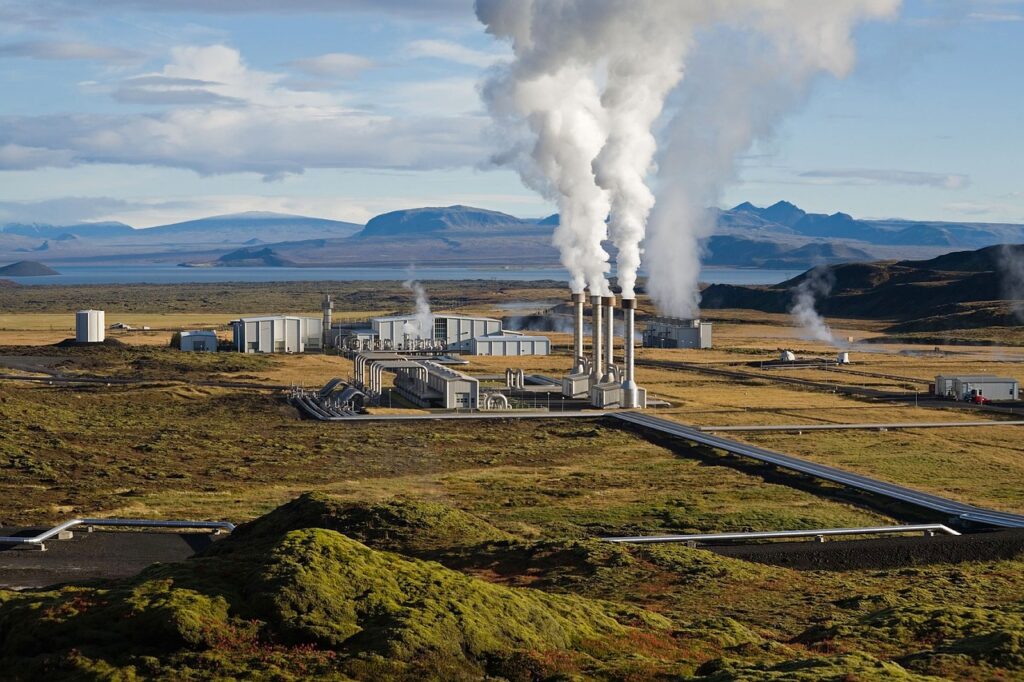
7. **Geothermal Energy Advances**Deep beneath our feet lies a nearly limitless source of energy: geothermal heat. For centuries, humanity has tapped into hot water reservoirs for warmth and power, but new innovations are allowing us to go far deeper, reaching superhot rock formations where steam can be generated on demand. This ancient energy source is undergoing a modern renaissance, driven by advanced drilling and reservoir creation techniques that are expanding its accessibility and efficiency.
Enhanced Geothermal Systems (EGS) are at the forefront of this revolution. These systems utilize techniques similar to those employed in oil drilling, creating artificial reservoirs where natural ones don’t exist. By injecting water into hot, dry rock and then extracting the superheated steam, EGS can generate electricity even in areas without conventional geothermal resources. This technological breakthrough has the potential to make geothermal power accessible almost anywhere in the world, fundamentally altering its global applicability.
If widely deployed, EGS could unlock immense energy reserves, offering a constant, baseload power source that is not dependent on weather conditions like solar or wind. This makes geothermal a crucial component for a stable and reliable renewable energy grid, capable of providing consistent power 24/7. The continuous nature of geothermal energy positions it as an invaluable asset in the pursuit of clean energy goals, ensuring grid stability and reducing reliance on intermittent sources.
The advancements in geothermal energy are poised to elevate its status from a regionally specific resource to a globally significant contributor to our clean energy portfolio. As we continue to refine drilling technologies and reservoir management, the Earth’s internal heat will become an increasingly powerful and accessible component of our sustainable energy future. It’s a testament to our ingenuity that we are now able to tap into the very core of our planet to power our lives.
8. **Biomass and Bioenergy**Biomass, the transformation of organic material into energy, has been a concept humanity has utilized for centuries. However, the modern bioenergy technologies emerging today are far cleaner and remarkably more efficient than their predecessors. Instead of merely burning wood or crop residues directly, contemporary innovations focus on converting agricultural waste, rapidly growing algae, or even everyday household trash into valuable biofuels and biogas.
These advanced fuels offer a crucial renewable alternative, capable of directly replacing fossil-based options across essential sectors like transportation and heating. Beyond providing clean energy, this approach also presents an ingenious method for managing waste, transforming what would otherwise be discarded into a valuable resource. It’s a dual benefit that tackles both energy demand and environmental impact simultaneously.
Further research is now intensively concentrating on algae, a particularly promising source for bioenergy. Algae exhibit incredibly rapid growth rates and are capable of producing oil that can be refined into sustainable jet fuel, opening up pathways for decarbonizing even hard-to-abate sectors such as aviation. This innovative application underscores biomass’s evolving role from a traditional energy source to a sophisticated, waste-converting powerhouse.
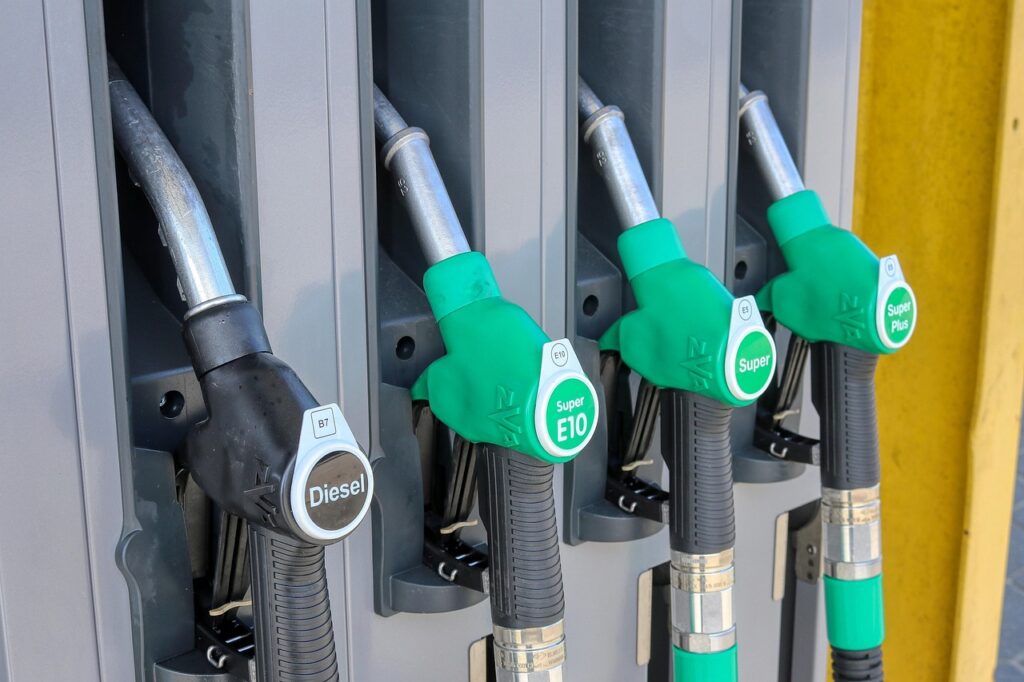
9. **Hydrogen Fuel from Renewables**Hydrogen, the most abundant element in the universe, is gaining significant traction as a powerful, clean fuel. When combusted, it remarkably produces only water as a byproduct, making it an incredibly attractive option for a carbon-neutral future. The primary challenge, historically, has been producing this vital element cleanly, as traditional industrial methods often rely heavily on fossil fuels.
However, new technologies are rapidly advancing the production of ‘green hydrogen,’ a truly sustainable alternative. This clean variant is created by splitting water molecules using a process called electrolysis, powered exclusively by renewable energy sources like solar or wind. This method ensures that the entire lifecycle of hydrogen production, from source to consumption, is virtually free of carbon emissions.
Green hydrogen holds immense potential to revolutionize multiple sectors, capable of powering everything from vehicles and heavy industry factories to entire cities, all without contributing to carbon emissions. Its versatility positions it as a critical player in global decarbonization efforts, offering a scalable solution for various energy needs.
Regions across the globe, including Europe, Japan, and Australia, are already demonstrating their commitment by investing heavily in hydrogen infrastructure. This strategic commitment reflects a strong belief that green hydrogen will become a cornerstone of the future energy economy, helping to build a resilient and sustainable power system worldwide.
Read more about: The Next Generation Fuels: Unpacking the Controversial Alternatives Poised to Replace Gasoline in the Coming Decade

10. **Solar Windows**Envision towering skyscrapers whose facades are not merely made of plain glass but are actively generating electricity. This futuristic vision is quickly becoming a reality thanks to groundbreaking solar window technology. This innovation integrates transparent photovoltaic materials directly into the glass, transforming every window into an active energy harvester.
These specially designed windows possess the remarkable ability to allow visible light to pass through, maintaining their functional transparency, while simultaneously converting portions of both visible and invisible light into electricity. This dual functionality means that architectural aesthetics are preserved, even enhanced, as buildings become self-sufficient power generators.
If adopted on a widespread scale, solar windows could fundamentally transform urban landscapes into massive, decentralized energy-harvesting ecosystems. This would significantly reduce the dependence of city centers on fossil fuels, ushering in an era where every building contributes actively to the local energy grid. It’s an elegant solution that blends form and function for a sustainable urban future.
Read more about: Celebrity Home Secrets Unlocked: 8 Unexpected Decorating Choices of A-List Stars That’ll Make You Say ‘OMG!’

11. **Energy-Storing Concrete**One of the persistent challenges facing renewable energy integration has always been storage – what happens when the sun isn’t shining, or the wind isn’t blowing? An innovative solution emerging to address this intermittency is energy-storing concrete. Researchers are pioneering methods to transform the very building blocks of our infrastructure into functional batteries.
This breakthrough is achieved by mixing concrete with carbon nanomaterials, creating a composite material capable of holding an electrical charge. Essentially, this technology allows for the creation of buildings that can act like giant batteries, seamlessly integrating energy storage directly into the physical environment around us. It represents a profound reimagining of how we perceive and construct our built world.
This technology has the potential to allow individual homes, vast bridges, and even entire city blocks to store excess renewable energy generated during peak production times. This stored energy can then be reliably released back into the grid, or for local consumption, precisely when it is most needed, ensuring a consistent and stable power supply.
Ultimately, energy-storing concrete signifies a paradigm shift, turning passive infrastructure into an active, integral part of the energy grid itself. It enhances grid resilience, promotes local energy independence, and further democratizes access to stored renewable power, making our cities smarter and more sustainable.
12. **Smart Grids**The intermittent nature of many renewable energy sources, such as solar and wind, presents a unique challenge for maintaining a stable power supply. However, smart grids are rapidly emerging as the sophisticated solution, meticulously balancing energy supply with demand. Unlike traditional grids, which simply push electricity in one direction, smart grids leverage a complex network of sensors, advanced AI, and real-time data analytics.
This intelligent infrastructure allows for dynamic adjustments to energy flows, enabling rapid rerouting of power and proactive prevention of blackouts. The system can predict energy needs and respond instantaneously to changing conditions, making the entire energy distribution network significantly more efficient and reliable. It’s the nervous system that a truly renewable future needs to function seamlessly.
Smart grids also fundamentally empower consumers, particularly households equipped with solar panels or small wind turbines. They facilitate the seamless feeding of excess power back into the main grid, fostering the creation of decentralized energy networks. These localized systems are not only more resilient against disruptions but also far more efficient in managing energy resources, reducing waste and enhancing overall stability.
Read more about: The Hidden Costs: Unmasking the Real Reasons Your Electric Bill Exploded After Bringing Home an EV
13. **Gravity Storage Systems**While battery technology continues to be a vital component for renewable energy storage, innovative alternatives are steadily emerging, offering compelling new approaches. One such idea that is rapidly gaining traction is gravity-based energy storage systems. These ingenious solutions harness one of the most fundamental forces of nature – gravity – to store and release energy.
These systems operate by utilizing excess electricity, generated during periods of high renewable output, to lift heavy blocks or pump water uphill into elevated reservoirs. When energy is required by the grid, these heavy blocks are lowered under controlled conditions, or the stored water flows back downhill, driving turbines to generate electricity. It’s a beautifully simple, yet incredibly effective, conversion of potential energy back into kinetic energy.
A distinct advantage of gravity storage systems, especially when compared to chemical batteries, is their remarkable longevity. They can operate effectively for decades without significant degradation in capacity or performance, offering a truly sustainable and scalable method for storing large amounts of renewable energy. This long lifespan makes them a powerful, long-term investment for grid stability and renewable integration.
Read more about: Off-Road Kings Unveiled: The Ford Bronco and 7 Top 4×4 Rivals Face the Ultimate Scrutiny
14. **Artificial Photosynthesis**Nature has already perfected an unparalleled method for capturing energy: photosynthesis, the process by which plants convert sunlight into chemical energy. Scientists are now engaged in a profound endeavor to create artificial photosynthesis systems that elegantly mimic these natural processes, aiming to produce clean fuels using sunlight, water, and carbon dioxide.
These cutting-edge artificial systems aspire to use readily available elements to produce valuable fuels, such as hydrogen or methanol, just as plants create sugars. By leveraging sunlight to drive chemical reactions that split water and reduce carbon dioxide, this technology offers a direct pathway to synthetic fuels that are entirely renewable and sustainably produced.
Crucially, artificial photosynthesis represents a groundbreaking dual solution. It not only generates renewable energy in the form of clean fuels but also actively removes carbon dioxide from the atmosphere during its production process. This tackles two of humanity’s most pressing global challenges simultaneously: the urgent need for sustainable energy and the critical imperative of climate change mitigation.
While still largely experimental and in early stages of development, the potential of artificial photosynthesis is truly transformative. Should it be successfully commercialized, this innovation could revolutionize both how we produce energy and how we address the monumental task of climate change mitigation, offering a truly cyclical and environmentally beneficial energy solution.
Renewable energy innovations are fundamentally reshaping our understanding of power, technology, and our relationship with the planet. From pioneering new ways to harness the sun’s energy through advanced panels and smart windows, to tapping into the relentless power of the oceans and the Earth’s internal heat, humanity is devising ingenious methods to capture nature’s forces and transform them into sustainable energy. These 14 breakthroughs are more than just scientific achievements; they are powerful symbols of hope and a testament to our collective determination. They underscore our capacity to confront the climate crisis head-on, to envision a future unshackled from fossil fuels, and to pave the way forward with creativity, resilience, and unwavering commitment. The global transition to renewable energy is not solely a technological revolution; it is a profound societal shift towards building a world where humanity and nature flourish in harmony, powered by clean, abundant, and accessible energy for all.








